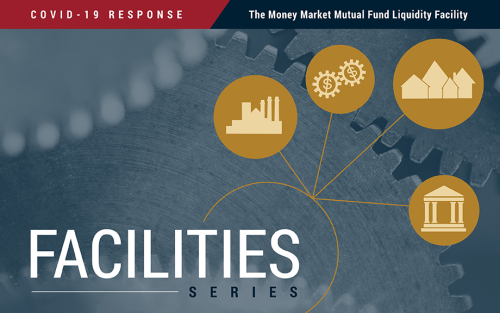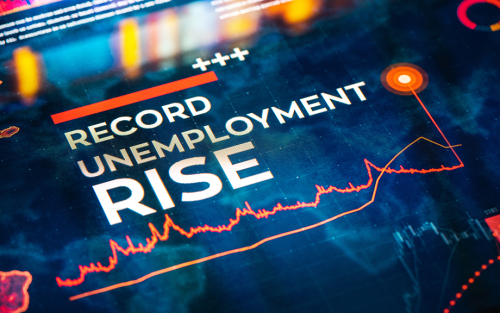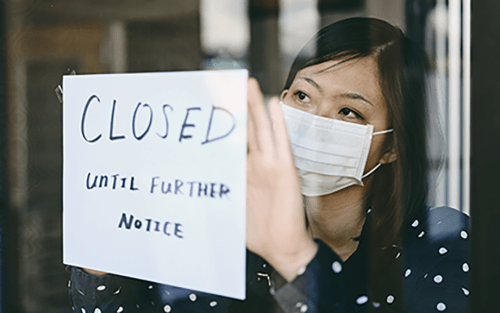
To prevent outflows from prime and muni funds from turning into an industry-wide run after the COVID-19 outbreak, the Federal Reserve established Money Market Mutual Fund Liquidity Facility. This post looks at the Fed’s intervention, its goals, and the direct and indirect market effects.


















 RSS Feed
RSS Feed Follow Liberty Street Economics
Follow Liberty Street Economics